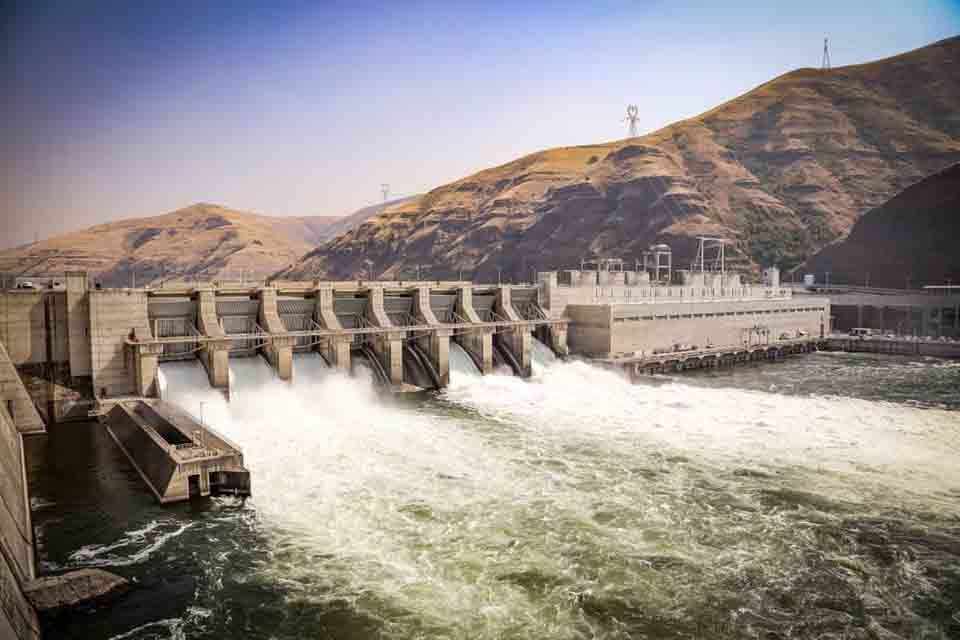Salmon Runs and Fish Native to Oregon Waterways Will Thrive Again Thanks to Federal Funding

KLAMATH COUNTY, Ore. — Salmon runs and other fish native to the waterways of rural Oregon will once again thrive thanks to federal funding. Nearly $2 million has been allocated to remove dams and open miles of stream and river waterways that will restore fish habitat, migration, irrigation, and flood control.
Pomeroy Dam Removal and Wallowa County Fish Habitat Restoration
The funds have been allocated for two projects – $1.2 million to remove the aging Pomeroy Dam on the Illinois River in southern Oregon and $750,000 to restore habitat in Wallowa County. Both projects will improve fish migration.
The projects form part of a nationwide campaign by the U.S. Fish and Wildlife Service to restore and to improve fish habitat in rural Oregon. The funds will be spent on an out-of-date dam on the Illinois River in southern Oregon and to update the infrastructure that will improve migration on the Wallowa River in the northeast of the state.
The Pomeroy Dam, which has no fish ladder, was built in the 1940s, creating a salmon run barrier and impacting fish native to the Illinois River waterways. The dam’s outdated design increases the risk of flooding when the river runs high after storms.
The removal of the dam will be overseen by WaterWatch, an environmental nonprofit based in Portland and completion of the project is scheduled by the end of summer. The organization says because the Pomeroy Dam has no fish ladder, it impedes and blocks access to 100 miles of habitat for native fish such as Chinook, coho, cutthroat trout, Pacific lamprey, and steelhead.
Coho salmon have become an endangered species and rely on migration upstream in the Illinois River, a major tributary of the Rogue River. The waterway stretches downwards to California. Apart from fishing, the Illinois River has developed into a challenging whitewater rafting venue in the Northwest.
The Wallowa River project will be overseen by the Nez Perce Tribe whose people have long used the waterway for fishing. They will modernize two of eight aging diversions (small dams) that divert water for irrigation and other uses. The diversions prevent fish from migrating further upstream and will cover the area between Joseph and Enterprise.
The Tribe’s fisheries watershed director, Emmit Taylor Jr, says the renovations will help bull trout, Chinook salmon, and steelhead to migrate upstream. The Tribe has spent the past two decades restoring native species back into the Wallowa and Lostine Rivers.
Taylor says not only with the project benefit people who use the diversions, but that the modernized infrastructure of the diversions will benefit the river and future fish populations. The Nez Perce also hopes to reintroduce the sockeye species which have been extinct to the area since the 20th century.
Takeaways
Most of the Illinois River’s 56 miles was added to the National Wild and Scenic River System by Congress in 1984. The designation prohibits the construction of hydroelectric dams on the river, and no federal funding or license can be granted that affects the flow of the river.
Less than one percent of the rivers in the U.S. are designated as a National Wild and Scenic River System.
